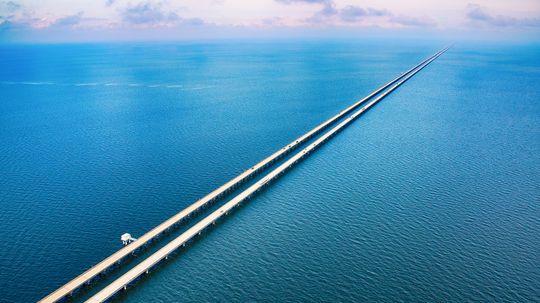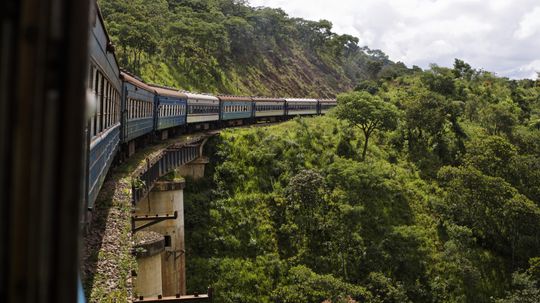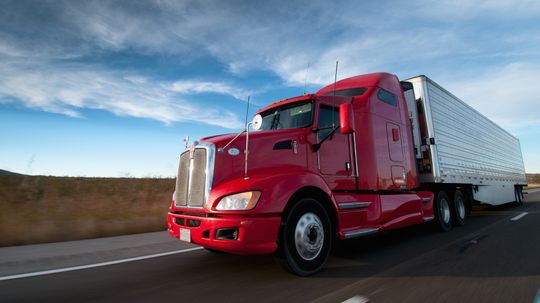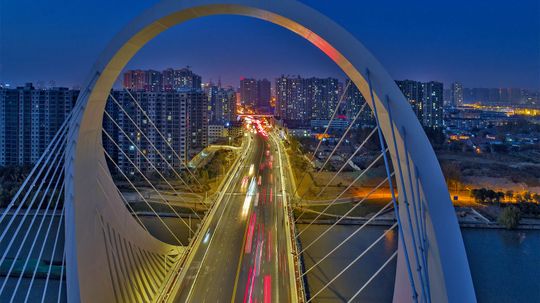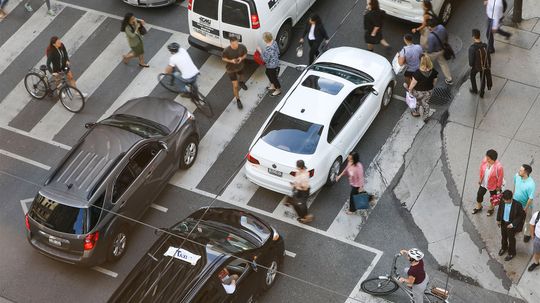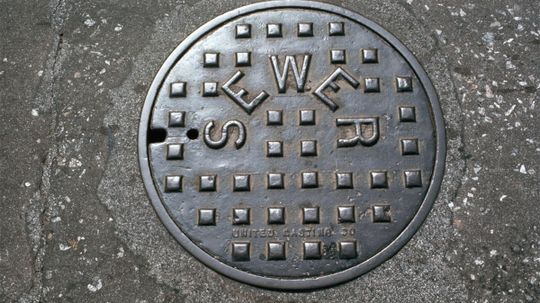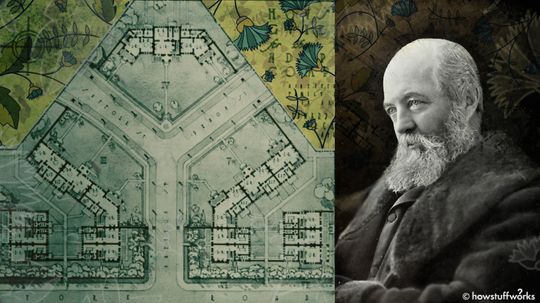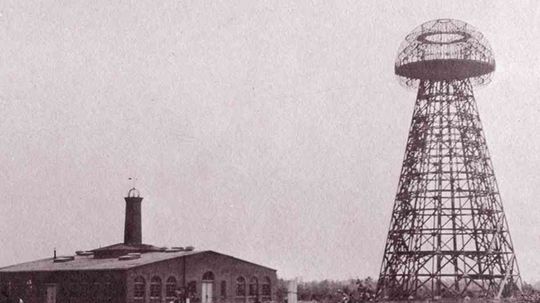Civil Engineering
We see bridges, buildings and highways on a daily basis, but have you ever wondered how these structures are designed and built? These civil engineering articles help explain this very question.
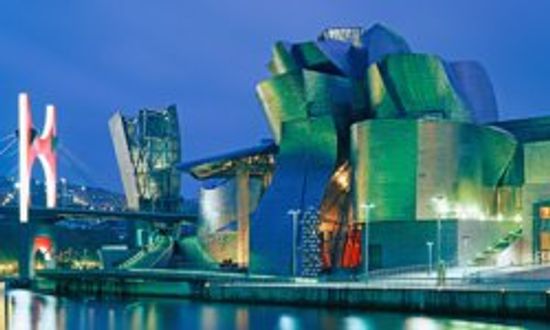
The World's Most Awe-inspiring Glass Buildings
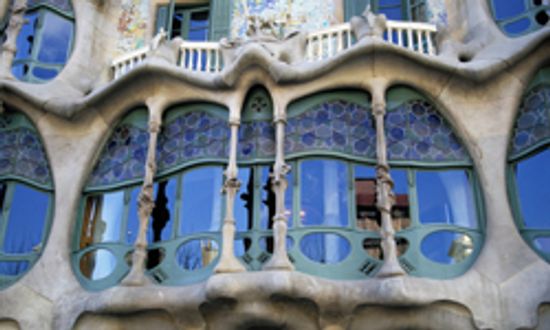
10 Innovative Architects to Watch
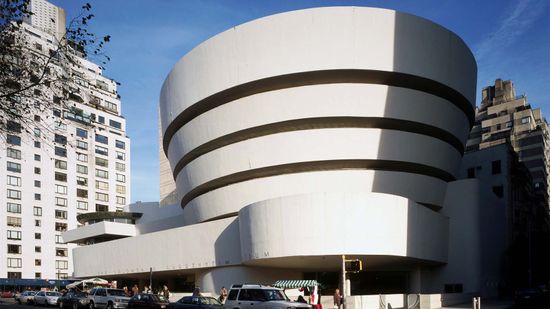
16 World-Famous Architects and Their Impact

10 Types of Swords for All Sorts of Circumstances

A Horrifying Russian Lathe Accident Highlights Vital Safety Protocols
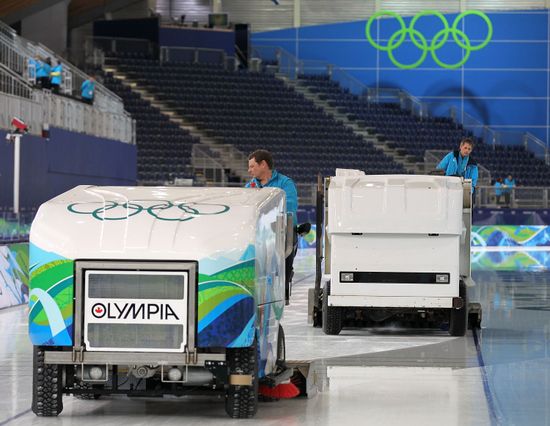
How Zambonis Work

What's the Hardest Wood in the World?
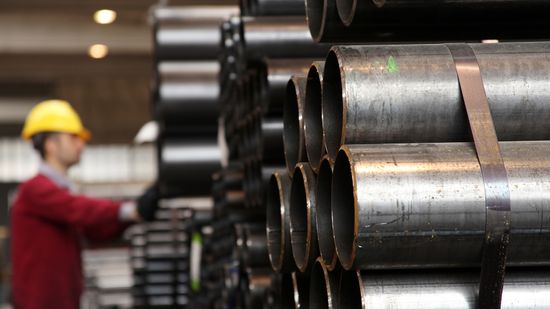
10 Types of Metal (and We Don't Mean the Music)

Are food-based plastics a good idea?

Your Thoughts Could Activate a Tiny Robot Inside Your Own Brain

How Star Wars Works: Fan-built Droids

Robot Pictures
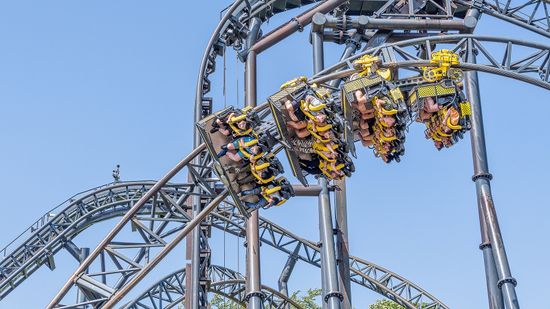
What's the Scariest Roller Coaster in the World? 10 Contenders
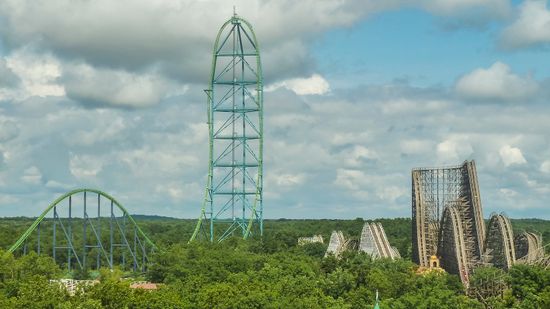
The Tallest Roller Coaster in the World Stood for 19 Years
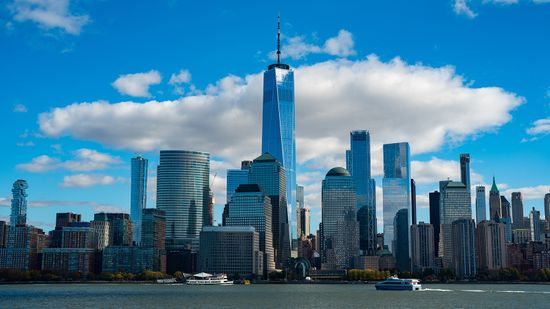
Tallest Building in the U.S. and 13 Other Stunning Skyscrapers
Learn More
The Guinness World Records has an award for the steepest road in the world, and Baldwin Street of New Zealand is the current title holder.
By Ada Tseng
Bridges are some of the most awesome and breathtaking constructions, both from a visual standpoint and from an engineering standpoint. They provide such a stark contrast with nature suspended over huge bodies of water and almost appearing to defy gravity.
By Talon Homer
I've noticed that the insides of road and subway tunnels are usually covered in ceramic tile. Is there any particular reason for this or is it simply convention?
Advertisement
Is there any rhyme or reason to how U.S. interstate highways are numbered?
In the news about the recent accident at a ski resort in Austria, the reporters called the cable car that carried the skiers up the mountain a "funicular railway." What is that and how does it work?
So, how much does a semi truck weigh? We'll explore what a semi truck weighs and how weigh stations work.
By Yara Simón
We are a species of bridge builders. Since time began, humans have engineered structures to vault over obstacles with the help of logs, stone, steel and, of course, ingenuity. So, what keeps our bridges steadfast and strong?
Advertisement
London without the Tube? New York without its underground scene? Atlantans gliding straight from their MARTA stops to the airport? What would life be like without our underground transportation system?
The Senate just crossed a hurdle to get a bipartisan infrastructure bill signed. It could pay for new roads, bridges and other installations that a country needs to function. But why is infrastructure so notoriously hard to fund in America anyway?
You might be surprised to learn that the twists and turns of streets in the suburbs date all the way to the Industrial Revolution.
Smart traffic lights monitor traffic and continuously adjust their timing to improve flow, and can even help disabled or elderly pedestrians navigate crosswalks. Could they be a solution to the problems of traffic stress and road rage?
Advertisement
Drinking fountains have faced a challenge from bottled water, but they seem to be making a comeback. By the way, we throw away over 60 million PET water bottles every day in the U.S. alone.
It's been some 15 years in the making and is still under construction. What's the real story behind the Jeddah Tower's delay?
By Dave Roos
What do you do when you're out of land but want to expand an airport? Try building on water.
Roundabouts aren't all that complicated, but they're still relatively rare in the U.S., especially when compared with France.
Advertisement
Environmental engineering existed long before it had a name. It began at the dawn of civilization when we started changing our surroundings to meet our needs.
The designer of New York's Central Park believed that public parks were 'democratic spaces' belonging to all citizens, and aren't we glad he did?
By Wendy Bowman
There's a mysterious tower in Texas that strongly resembles Nikola Tesla's Wardenclyffe Tower. Its constructors say they're testing some new forms of electromagnetic waves. But is something else going on?
Bordeaux's famed and beautiful reflecting pool will have you snapping photographs and feeling like you're walking on water.
Advertisement
The name bestowed on a road depends on its size and function. And it's not just up to your neighborhood's developer either.
Back in the 1930s, folks realized they needed a better way to cross the Golden Gate Strait between San Francisco and the Marin Headlands than by boat. Over eighty years later, the Golden Gate Bridge is the city's most prominent landmark.
Is 1 mile out of 5 on U.S. interstates really supposed to be straight so that planes can land on them in an emergency? Find out the truth about this long-held urban legend.
It's a recipe for disaster: Venice is sinking, and the waters around it are rising. Can the controversial MOSE project save Italy's famous city with a series of aqua gates?
Advertisement
Bridges connect people and places, with inspired engineering and views that can't be beat. Here are the 10 longest in the world.
The Kola Superdeep Borehole in Russia is the deepest hole in the world. It's deeper than the Mariana Trench and deeper than Mt. Everest is tall. Why did the Russians dig this deep, and why did they stop?

